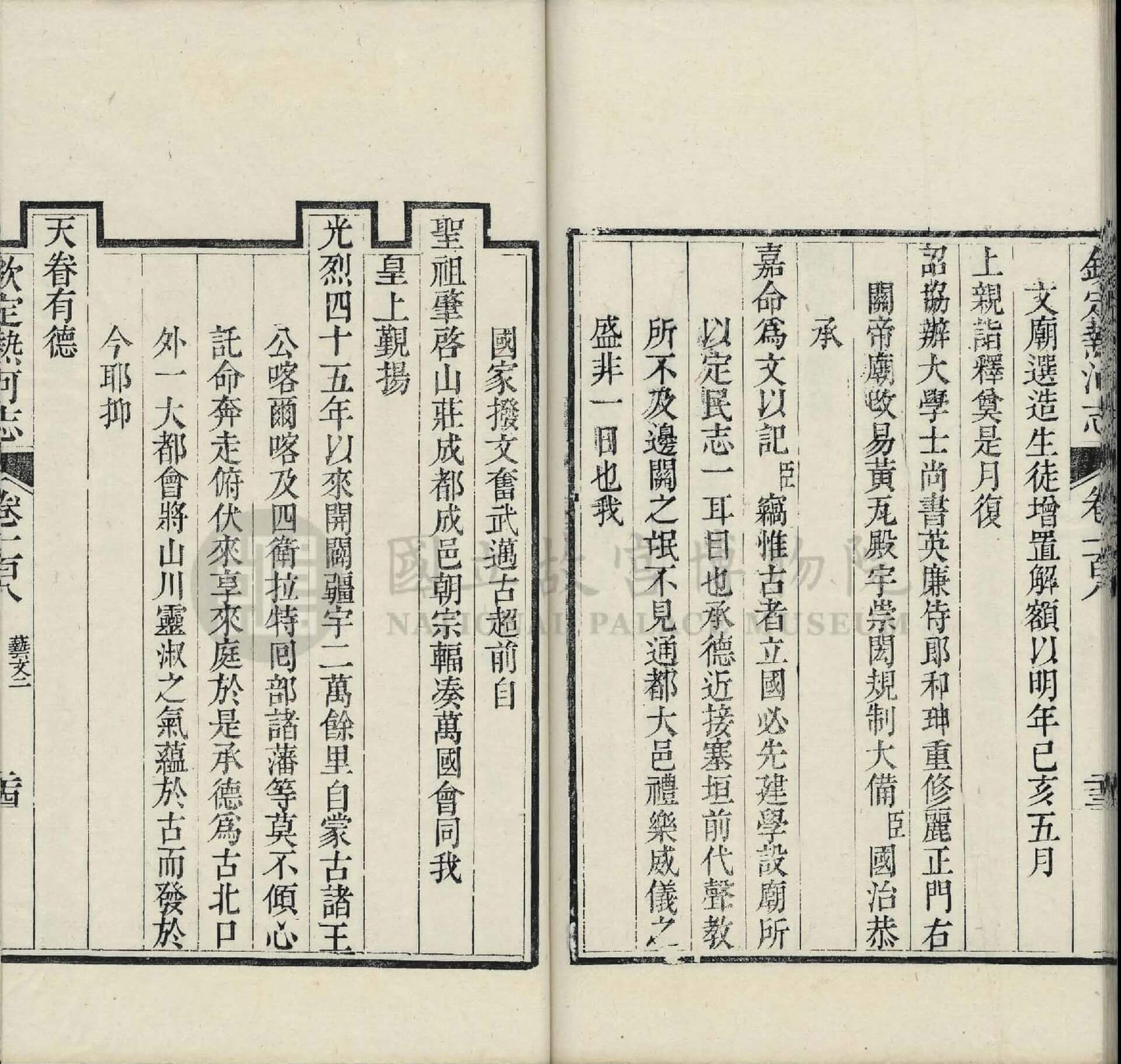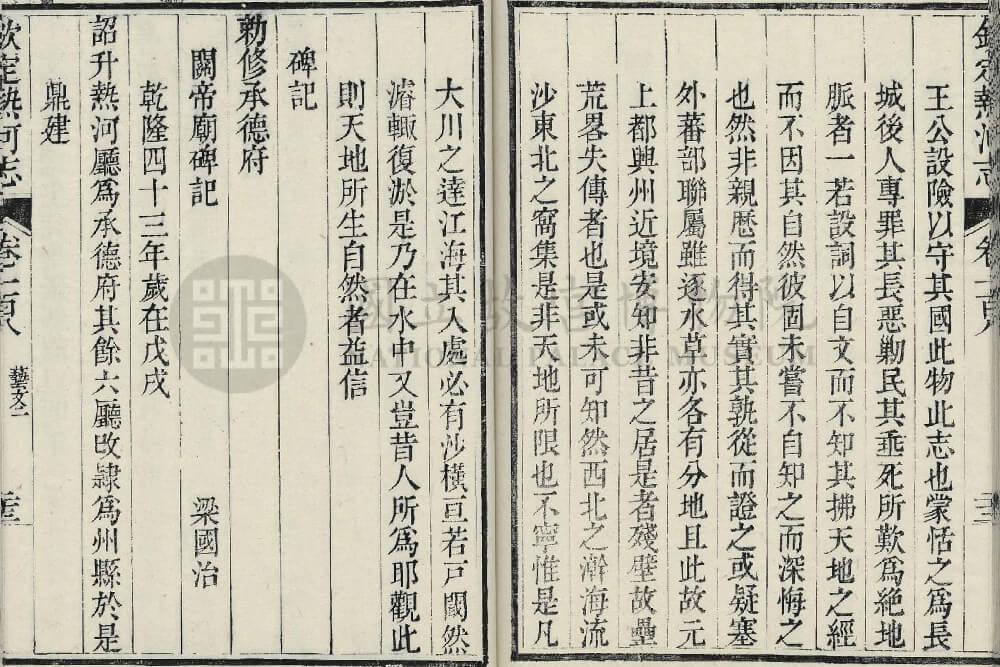Religious Tolerance
The Qing Empire ruled over a vast expanse of territory that was home to many ethnic groups holding various religious beliefs. Before their conquest of China proper, the Manchus inherited the dominant Shamanism of the Jurchen people. However, in the early 17th century, under the influence of nearby Mongols, they adopted Tibetan Buddhism as their principal religion and supported the Gelug School (Yellow Hat Sect) and its reincarnated high monks including the Dalai, the Panchen, the Changkya, and the Jebtsundamba. The Gelug School thus became the shared religious orthodoxy of the Manchus, the Mongols, and the Tibetans. While the Qing emperors adopted Tibetan Buddhism, they did not aggressively push the faith in regions inhabited by other ethnic groups, as the Mongol emperors of the Yuan dynasty had. The framework of Qing court policy continued to allow the development of Chinese Buddhism, Confucianism, and Taoism among the Han Chinese and Islam among the peoples in the northwest. This religious diversity was also reflected in the history and decorations of the Chengde Summer Resort.
Guan Yu Worshipping
The worshipping of Guan Yu, which began in the Ming dynasty, continued in the Qing dynasty. In late Ming dynasty, an emperor conferred Guan Yu the title of a deity, elevating his status from a king to a god. Prior to the Battle of Shanhai Pass, Huang Taiji (1592-1643) had already built a Temple of Guanyu in Shengjing (now Shenyang), crowning Guan Yu as the god of war. After the Battle of Shanhai Pass, Guan Yu became an important god in national sacrificial ceremonies. A total of eight emperors gave Him titles. By the Qing dynasty, the Qing court included Guan Yu in Tibetan Buddhism. Today, Tibetans view Him as a Buddhist doctrine-protecting deity.
Inscription on the Stele of the Temple of Guan Yu in Chengde after Expansion Commissioned by the Emperor
- From fascicle 108 of Qinding Jehol Zhi (Imperially Endorsed Local Gazetteer of Jehol)
- Compiled by He Shen, et al., on imperial order
- Imprint by the Imperial Printing Office at Wuyingdian Hall, 46th year of the Qianlong reign (1781), Qing dynasty
| Year | Title |
|---|---|
| 1652 | Guan, the Loyal and Righteous God of War and Holy Great Deity |
| 1768 | Guan, the Loyal and Righteous God of War; Protector; Holy Great Deity |
| 1814 | Guan, the Loyal and Righteous God of War and Bravery; Holy Great Deity |
| 1828 | Guan, the Loyal and Righteous God of War, Bravery, and Prestige; Holy Great Deity |
| 1852 | Guan, the Loyal and Righteous God of War, Bravery, and Prestige; Protector of the Country; Holy Great Deity |
| 1853 | Guan, the Loyal and Righteous God of War, Bravery, and Prestige; Protector of the Country and Defender of the People; Holy Great Deity |
| 1856 | Guan, the Loyal and Righteous God of War, Bravery, and Prestige; Protector of the Country and Defender of the People; Honest Supporter; Holy Great Deity |
| 1857 | Guan, the Loyal and Righteous God of War, Bravery, and Prestige; Protector of the Country and Defender of the People; Proud and Honest Supporter of Peace; Holy Great Deity |
| 1870 | Guan, the Loyal and Righteous God of War, Bravery, and Prestige; Protector of the Country and Defender of the People; Proud and Honest Supporter of Peace and Reconciliation; Holy Great Deity |
| 1879 | Guan, the Loyal and Righteous God of War, Bravery, and Prestige; Protector of the Country and Defender of the People; and Honest Supporter of Peace and Reconciliation; Promoter of Morality; Holy Great Deity |



